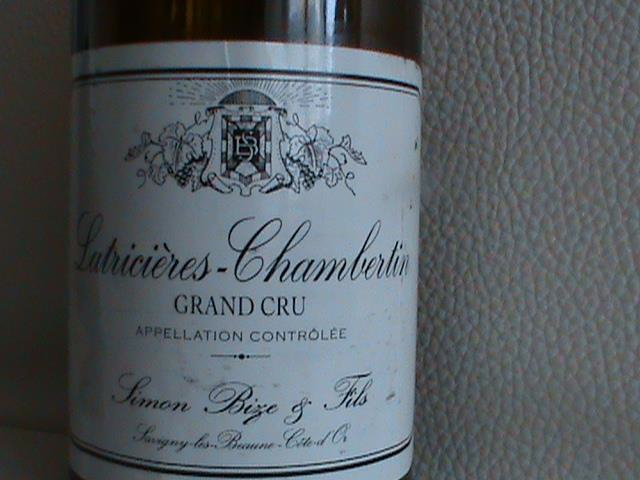Mt Etna Biondi Outis
MOUNT ETNA eurupted Last night I toured back to Italy. I bought in the morning a bottle of Etna Bianco by Biondi winery the Outis from 2009. The vines are cultivated in all Etna D.O.C. on sandy soil with volcanic origin, are planted to 600 meter to 1000 meter above sea level often an heroic viticulture. The ampelographic heritage is extremely interesting composed of centuries old vines such as Carricante and Catarrato the two main grapes varieties used to produced the Etna bianco D.O.C. and Etna Bianco Superiore. The white Minella is rarer. The wine of Biondi have got the 3 varieties in different percentage with predominately Carricante. Gold in color a bit unclear with brilliant vivacity, a great viscosity for a white wine. Nose was citrus, lemon zest, orange blossom, acacia, flint, tufa and sandy some kernel and a touch of honey. Palate great mouthful, lovely intense minerality, tonic, wet stone, fossil marine, sapid and superb drinkability. Thanks to Etna,...


